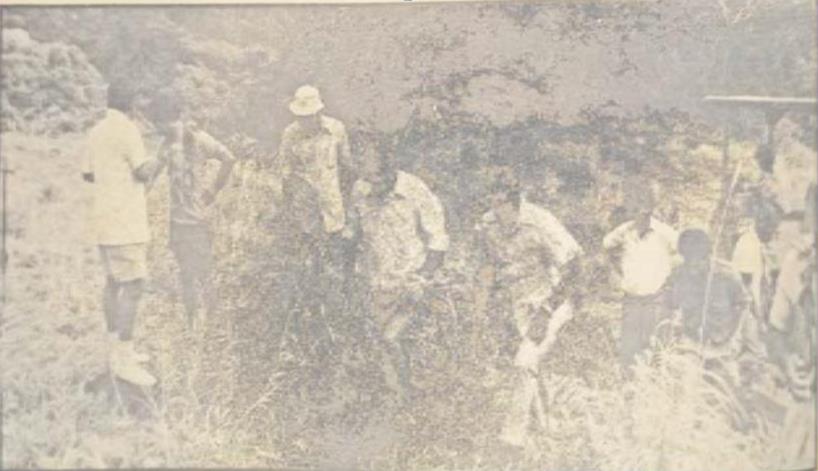In the year 1988, one of the highlights of animal production in the Northern Division was the drastic rise in interest in goat production due to the increasing and attractive market available to goat farmers, the Principal Agriculture Officer, Northern, Phil Hotchin said.
The Fiji Times of May 22, 1988 highlighted that a demonstration unit was installed at the Seaqaqa Research Station along with a United Nations goat production officer stationed in the division with the company of specially trained staff.
Beef production was steady in Bua Province where population of both cattle and goats had also dramatically increased .
In making way for pine plantations in the North, four years was spent in planting pine in 4000 hectares of land. This land was previously open for grazing.
The major constraint throughout the remoter areas of Vanua Levu and Taveuni had been the lack of regular and adequate transport to Viti Levu markets.
There was a need for a freezer, a cooler and bulk loading barge or ship to connect the existing 12 rural trading posts with regular and reliable service which would allow the import of provisions required at the post co-ops and the transport of copra and other products to Suva or Labasa.
The value of agricultural production in the northern division doubled over the Development Plan 7 period largely because of an increase in the production of sugarcane from the Seaqaqa Cane Development Scheme and the drainage and seawall rehabilitation programme in Labasa cane areas.
World Bank loans to Government were able to help these sugar farms develop and these were passed on by the Fiji Development Bank to individual small farmers in the north.
In the early 1980s, the Labasa and Seaqaqa cane areas produced 783,742 tons of cane compared to only 493,070 tons in 1975. Cyclone Tia which crossed Vanua Levu and Taveuni in late march, 1980, extensively damaged cane, coconuts and cocoa.
Despite this, the Bua Pine Commission provided many jobs for people in the area, even though, sugarcane still provided the most jobs especially during its crushing season.




